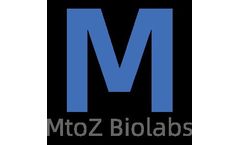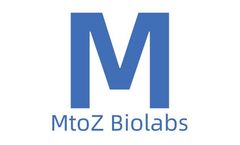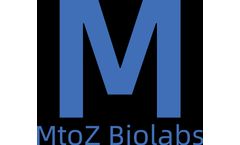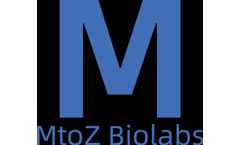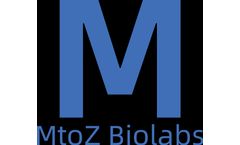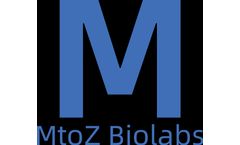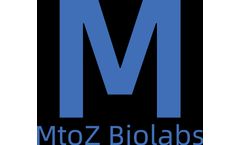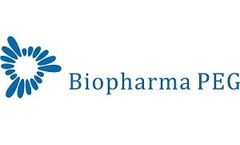Therapeutic Drug Articles & Analysis: Older
43 articles found
Compared with small molecular drugs, recombinant protein drugs offer advantages such as high activity, high specificity, and low toxicity, and are therefore favored by researchers. ...
Understanding the complex world of drug discovery and development necessitates familiarity with key players in cellular communication. ...
Ensuring the stability and bioavailability of the drug substance in a liquid environment remains a cornerstone of formulation science, demanding specific expertise and technological know-how. ...
Recombinant protein drugs are protein-based therapeutic drugs which are produced by using DNA recombination technology or other biotechnological methods. These drugs include cytokines, peptide hormones, recombinant enzymes, monoclonal antibodies, and fusion proteins. Compared to traditional low-molecular-weight synthetic ...
Recombinant protein drugs are therapeutic protein drugs produced using DNA recombination technology or other biotechnologies. Compared to traditional low molecular synthetic drugs, they have the advantages of strong specificity, low toxicity, and significant therapeutic effects. ...
The scientific realm behind the development and evaluation of therapeutic drugs, pesticides, industrial and environmental chemicals profoundly relies on a field of research called Pharmacokinetic/Toxicokinetic (PK/TK) studies. ...
Antibody-drug conjugates (ADCs) are a new class of drugs that combine the advantages of both antibodies and small molecule toxins. ...
Difficult to Target Antigens and Novel Drug TargetsDifficult-to-target antigens and novel drug targets are major challenges in antibody discovery and antibody drug design. ...
This step is crucial for ensuring the safety and effectiveness of drugs. Through sequencing technology, potential impurities or mutants can be found and eliminated in time to ensure the consistency and stability of drugs.Biomarker Discovery & Drug Candidate Identification1. ...
Through antibody sequencing, we can understand the differences and characteristics of antibodies between individuals and design antibody drugs that are more suitable for their immune systems, thereby improving therapeutic effects and reducing side effects. 2. ...
Since antibody-drug conjugates (ADCs) have the molecular characteristics of both small molecule and macromolecule therapeutic drugs, when choosing analytical methods, the typical ones used for both should all be considered. There are many different molecules in ADCs, and the difference between these molecules lies in the ...
We devote to accelerate clients' research in the development and manufacture of therapeutic drugs, vaccines, and diagnostics. Plants provide an inexpensive and simple system for the production of valuable recombinant proteins on large scale. ...
By attaching drugs or other therapeutic agents to antibodies that have high selectivity for cancer cells, we can deliver potent treatment directly to the disease site, thereby minimizing systemic side effects. ...
By encapsulating drugs within these microspheres, pharmaceutical companies are able to improve patient compliance, reduce dosing frequency, and enhance therapeutic outcomes. ...
Radioactive drug conjugates (RDCs), as a particular form of coupling drugs, are formed by combining radioactive isotopes with disease-targeting molecules. ...
The sleep apnea device market has undergone rapid transformation, driven by growing awareness about the consequences associated with disruptive or poor sleep conditions. Sleep apnea is a severe sleeping disorder in which a person experiences interruptive breathing or loud snoring. Long-term untreated or undiagnosed sleep apnea can cause several health problems, such as daytime sleepiness, ...
Therefore, nanobodies have shown good control effects in disease diagnosis, cancer and infectious diseases.What are Nanobody-Drug Conjugates (NDCs)The development concept of nanobody-drug conjugates (NDCs) is similar to that of antibody drug conjugates (ADC), that is, the antibody in ADC is replaced by a nanobody with higher affinity. ...
One breakthrough is microneedle patch technology, holding immense promise in revolutionizing drug delivery. These patches consist of micron-sized needles that painlessly penetrate the skin's outermost layer, enabling the controlled release of medications or therapeutic agents. ...
Biopharma PEG, a leading innovator in polyethylene glycol (PEG) derivatives, proudly introduces its featured Azide PEG series, which can be used in drug development, click chemistry, ADCs (Antibody Drug Conjugates), PROTACs (Proteolysis Targeting Chimeras), and beyond. ...
They are the next generation of targeted anti-tumor drugs after small molecule targeted drugs, monoclonal antibodies and ADCs. The application of PDC as a therapeutic drug also has certain limitations, such as low oral bioavailability, short half-life, incomplete cleavage of the payload, resulting in significantly reduced ...

